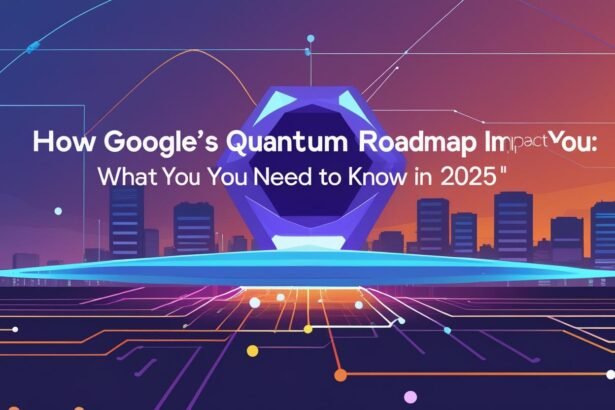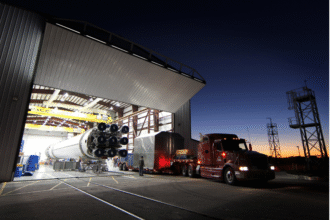AI has come a long way in just a few years. What was once limited to sci-fi plots and experimental labs is now a part of our everyday routines. From powering business operations to designing art, the best AI tools 2025 offers are making work smarter, creativity easier, and life a little more efficient.
In this post, we’re diving into the AI tools that are truly dominating 2025—tools that aren't just trendy, but practical and powerful enough to reshape how we work, think, and create.
Game-Changing AI Software Dominating Industries in 2025
Let’s start with the big players. Some AI tools are making such a huge impact that entire industries are adapting to them.
Take Harvey AI, for example. It's used in the legal field to analyze case law, summarize court documents, and even help draft contracts—cutting down research hours drastically. In healthcare, Abridge AI lets doctors record patient consultations and automatically turn them into structured notes. Meanwhile, Sana AI is helping large corporations with internal training and knowledge sharing—essentially acting like a company’s collective brain.
These tools aren’t just helpful—they’re game-changing AI software dominating industries in 2025, setting new standards in speed, accuracy, and accessibility.
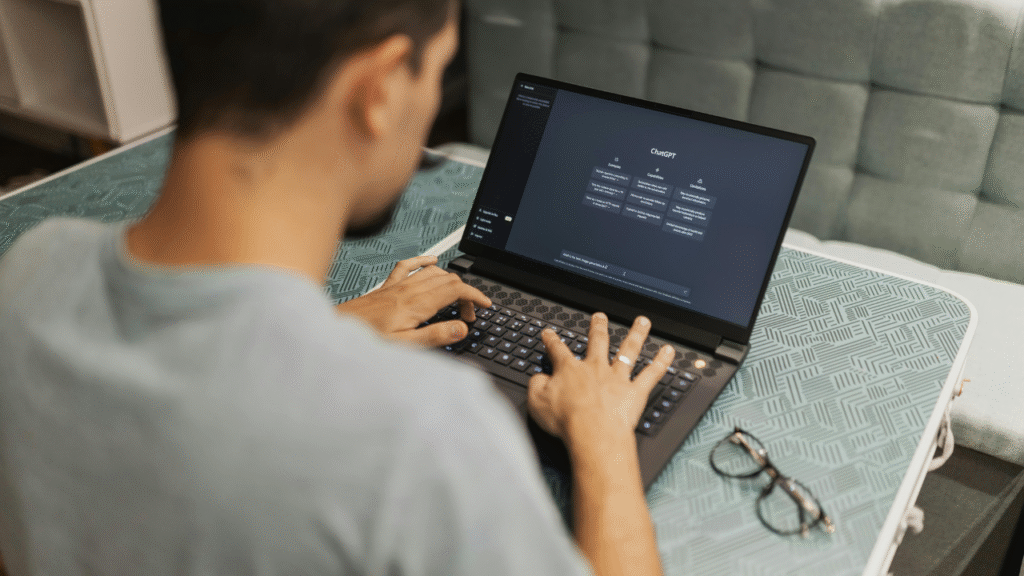
Artificial Intelligence Apps Improving Workflow Efficiency
No matter what your job title is—project manager, content creator, freelancer, or developer—your time is valuable. And that’s where the next wave of artificial intelligence apps improving workflow efficiency really shines.
Notion AI is a standout tool here. It acts like a second brain, helping you write better notes, draft content, organize project timelines, and even summarize meetings in a few clicks. Similarly, ClickUp AI adds an intelligent layer to task management by suggesting priorities, automating checklists, and analyzing team workload.
If your work involves a lot of communication, GrammarlyGO helps fine-tune your tone, summarize messages, and rewrite paragraphs in your voice. Combine that with Fireflies.ai—a meeting transcription and note-taking tool—and you’ve suddenly gained hours back each week.
These AI tools for productivity don’t just automate tasks—they make your entire workflow more intentional and less overwhelming.
How AI is Enhancing Creative Work in 2025
Creativity isn’t just for artists anymore. And with the right AI tools, you don’t need to be a professional designer or filmmaker to produce stunning work.
Take Midjourney v6—it lets you turn a short description into highly detailed artwork in seconds. Graphic designers, marketers, writers, and even students are using it to create visuals for campaigns, book covers, and concept art.
Then there’s Runway Gen-3 Alpha, a text-to-video platform that transforms simple ideas into animations and cinematic clips. Whether you're an educator creating explainer videos or a content creator making reels, Runway makes visual storytelling accessible and scalable.
Not to mention Pika Labs 2.0, which is quickly becoming the go-to for quick, AI-generated video content. These tools are at the heart of how AI is enhancing creative work in 2025—by making high-quality production fast, fun, and free from the usual technical roadblocks.

Top Artificial Intelligence Tools Streamlining Workflows
We all want to work smarter—not harder. And the top artificial intelligence tools streamlining workflows are built to do just that.
Microsoft Copilot 365 has become an essential tool in offices everywhere. Integrated directly into Word, Excel, PowerPoint, and Teams, it helps users draft reports, build slide decks, analyze data, and manage meetings—all through simple natural language prompts.
Zapier AI and Make.com are other workflow heroes. These tools let you build automation across apps: when someone fills out a form, a Slack message is sent, a task is created in Trello, and an email is logged in your CRM—without any manual input.
Want to get through your inbox faster? Superhuman AI now includes smart triage features, helping you write, sort, and respond to emails like a pro.
These tools are all about reducing friction—so you can focus on decision-making instead of endless clicking.
Smart AI Tools Everyone Should Know in 2025
Let’s not forget about some of the most exciting, everyday-use AI tools everyone is talking about this year:
- ChatGPT-5: The backbone of many digital workflows, from brainstorming content to writing code to roleplaying mock interviews.
- Perplexity AI: A fact-aware AI search engine that pulls data from reliable sources in real time—great for students, researchers, and writers.
- Jasper AI: Still one of the best AI tools 2025 has for marketing content, especially blog posts, email campaigns, and ad copy.
These tools aren’t just trends—they’re becoming must-have AI tools for digital transformation.
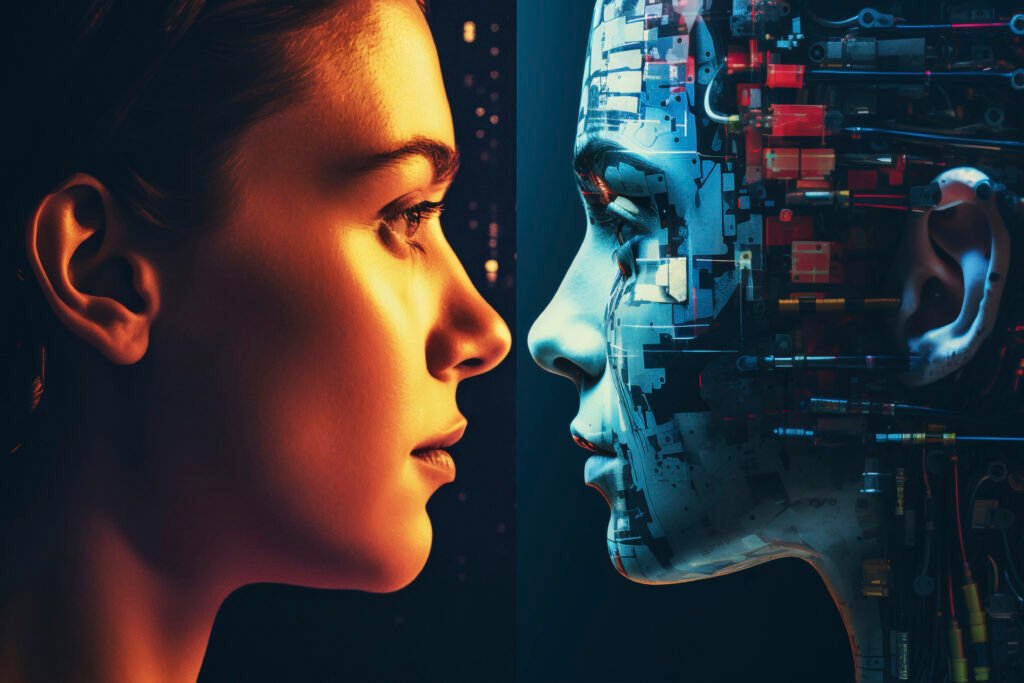
Why the Best AI Tools 2025 are More than Just Gadgets
So, what makes these tools so special?
It’s not just automation. It’s an augmentation. These AI tools augment your natural capabilities—helping you write better, create faster, work smarter, and communicate more effectively. Whether you’re an independent creative or managing a team, there’s an AI tool out there tailored to your workflow.
And let’s be honest, the modern work landscape in 2025 is fast. Expectations are high. Competition is fierce. The top AI tools help you stay ahead—not just by saving time, but by helping you make better use of it.
Real Benefits You Can Expect
By integrating some of the best AI tools 2025 has into your workflow, you can expect:
- Faster task completion
- More consistent content quality
- Improved collaboration
- Reduced burnout and decision fatigue
- Stronger data-backed decisions
Even if you just start with one tool—say, Notion AI or GrammarlyGO—you’ll feel the difference immediately.
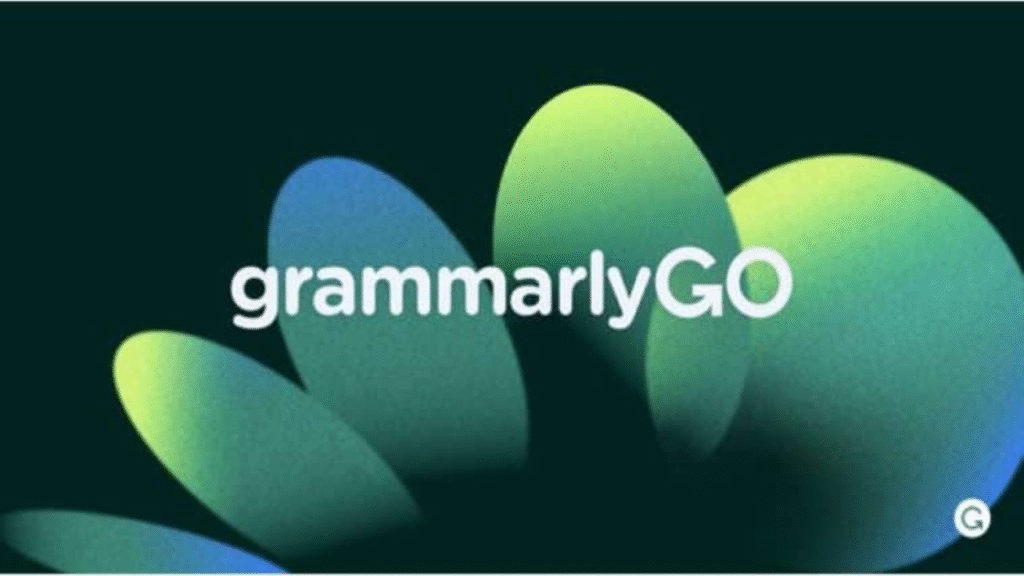
Final Thoughts: It’s Time to Work Smarter
AI isn’t replacing people—it’s empowering them. And in 2025, that’s the key. Whether you're running a business, managing a team, or pursuing creative projects, the AI tools for business, creativity, and workflow efficiency we explored above can help you move from chaos to clarity, and from effort to ease.
The future isn’t just digital—it’s intelligent.
And it’s already here.


